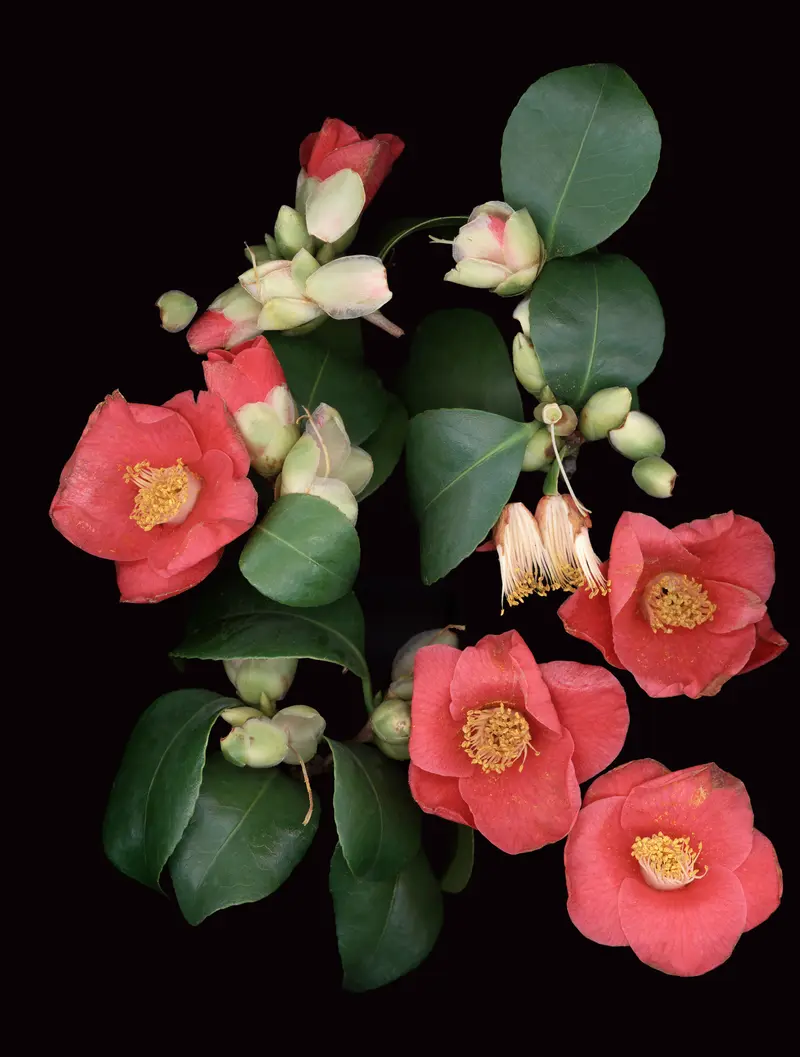Margret Eicher
The digital tapestries of Margret Eicher allude to the function and importance of courtly tapestry in the seventeenth century. In the Baroque era, these tapestries served primarily political purposes. They represented power, communicated ideologies, and through their idealised imagery acted as a form of propaganda. Compared to today’s mass media one can find fascinating parallels. Eicher draws her subjects from the world of images generated by advertising, journalism, film and the internet. She uses an elaborate digital process to create collages out of these set pieces, then weaves them into tapestries using computer-aided techniques.









![[Translate to English:] [Translate to English:]](/fileadmin/_processed_/1/3/csm_GD_SKD_KV_210720_RGB_3000_e241c2c9bb.jpg)
